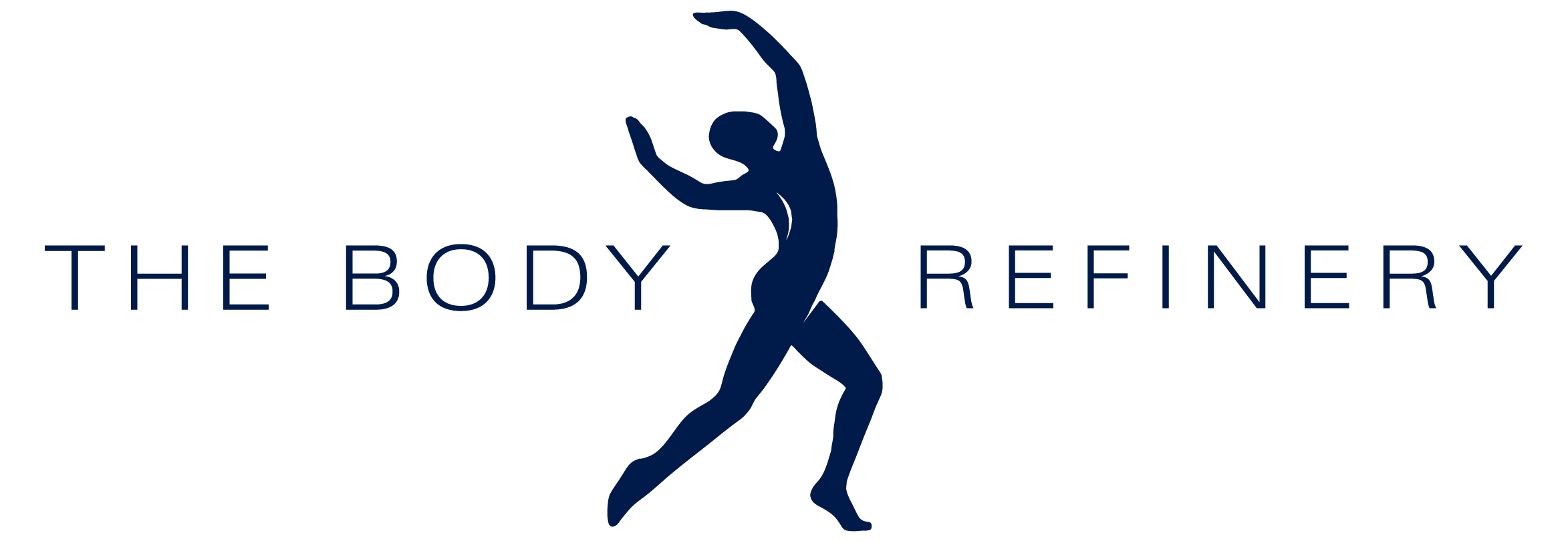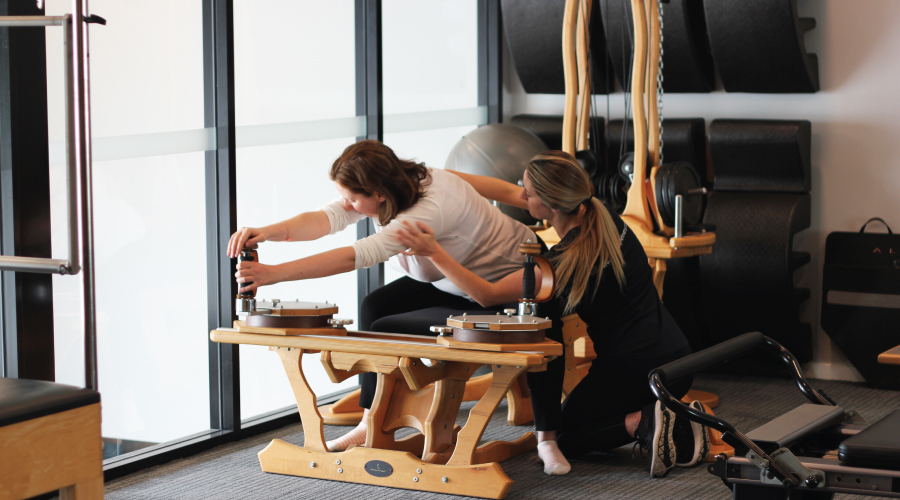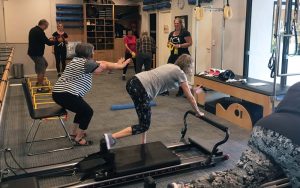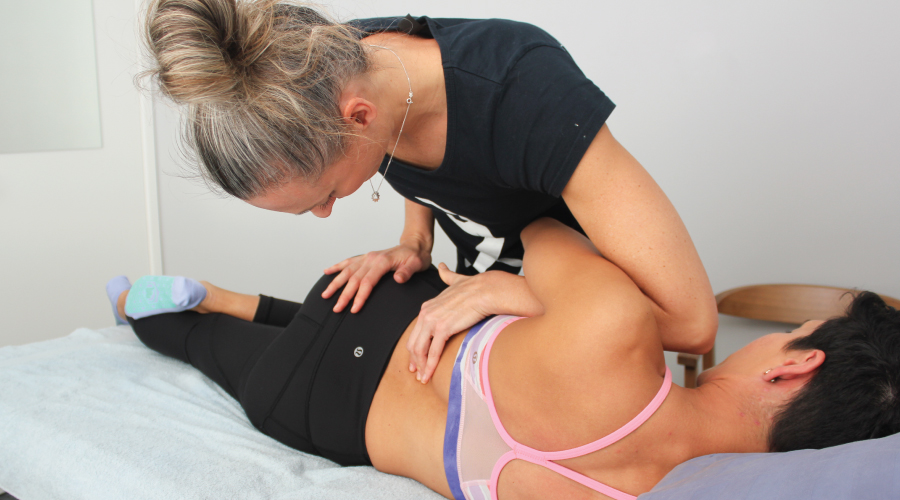
Myotherapy, or Musculoskeletal Therapy, is a method of hands-on exercise therapy to treat musculoskeletal pain and associated conditions such as:
- Neck and shoulder pain or stiffness
- Lower back pain and discomfort
- Hip pain
- Sports, stress, and work-related tightness.
What can I expect
Our Myotherapists have completed a Bachelor of Health Science (Myotherapy) and use varied evidence-based assessment and treatment techniques, which are tailored to each presenting condition. Our Myotherapists’ approach will typically involve an assessment, treatment and re-assessment format, where we will discuss a suggested treatment plan depending on your symptoms, as well as self-management education to ensure a successful outcome.
Assessment
Assessment will take a few minutes at the start of the appointment and involves a discussion – listening to your description; discussing your symptoms, as well as any injuries or surgeries that may contribute to them, and how you are affected by them. This will be followed by an assessment of how you are moving, to see where you may be restricted, experiencing discomfort, or lacking stability – this will often involve assessment of nearby joints, muscles and tissues also. Additionally, we will feel the texture and quality of the affected muscles or structures to gain a further understanding of what is causing the symptoms. Taking time to do a thorough, holistic assessment is integral for informing a quality, effective treatment.
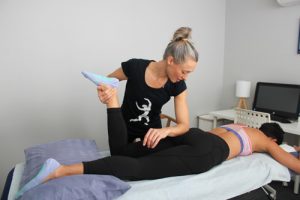
Treatment
The aim of each myotherapy treatment is to reduce the severity and intensity of your symptoms, help you understand what is happening in your body and why these symptoms have occurred, and to get you feeling and moving better.
Our Myotherapists may use a variety of treatment techniques including:
- deep tissue and pin and stretch massage
- joint mobilisation
- neural mobilisation such as flossing
- trigger point therapy
- dry needling
- electro-stimulation dry needling
- specific stretch techniques such as MET (Muscle Energy Technique) and PNF (Proprioceptive Neuromuscular Facilitation)
- myofascial techniques, including cupping
Myotherapy can be helpful in filling the gap between remedial massage and physiotherapy. If you would like to book an appointment, please contact our friendly admin team on 07 3358 3915.
_ _ _
Written by Sarah Holloway
